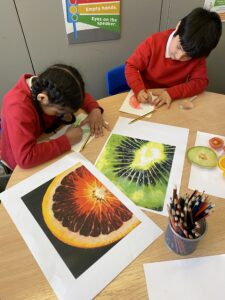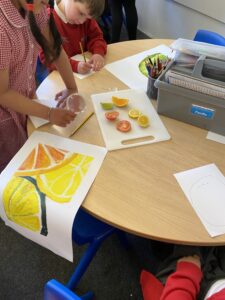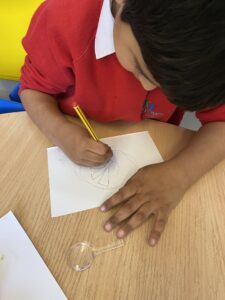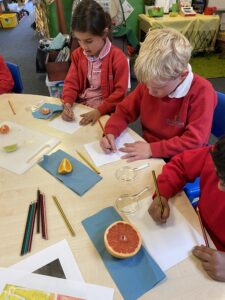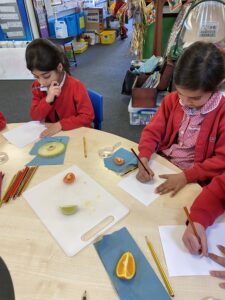Bean update
Our beans are growing well. This week, the children have written sentences using some scientific vocabulary. They observed the plants carefully using a magnifying glass.
Wow! Look at how tall the stem is!
The plant looks very healthy and the leaves are green.
It is amazing to see the roots spreading out.
The beans are surviving with light and water.
The seeds have split open.
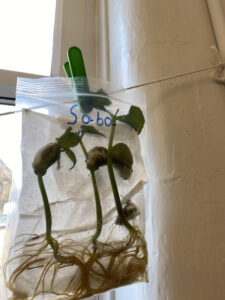
Computing
This half term, Year 1 are learning all about computing. Here are the age related expectations we are working on and the vocabulary and definitions that you will have been talking about for homework this week.
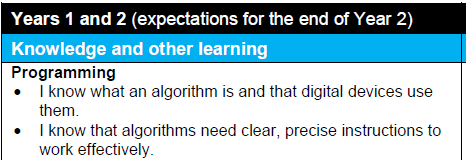

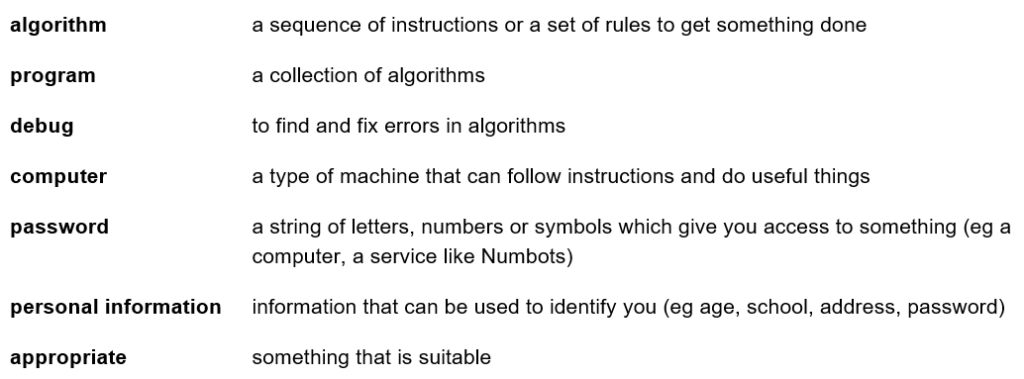
Firstly, we tried giving each other instructions (also known as an algorithms) to get from one place to another. We soon realised these algorithms needed to be clear and precise. For example, go forwards – but how far? Turn around – but which direction?
After trying some practical algorithms, we spent some time learning about the words to help us with position and direction including forwards, backwards, quarter turn left and quarter turn right. We started to write algorithms to help the BeeBot move from the start to the finish.
Here, the algorithm didn’t work so we had to debug it to see what had gone wrong. Once the algorithm had been corrected, we could get the BeeBot to the finish.
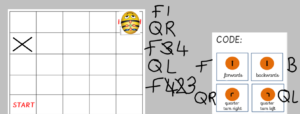
This rhyme has helped us to understand the meaning of algorithm and debug.
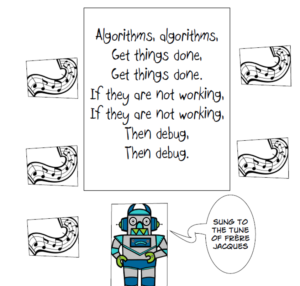
Most recently, the children were excited to use the BlueBot devices to put their algorithm and directional knowledge to the test.
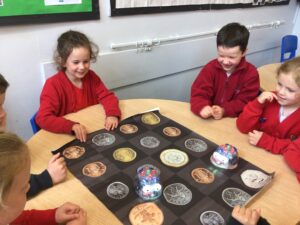
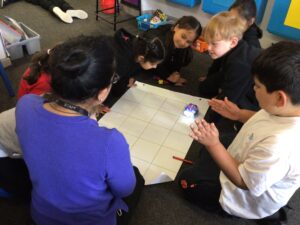
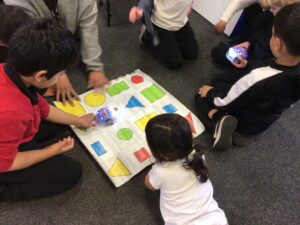
We will be doing lots more practical learning with the BlueBots to test out our programming skills.
Another part of this topic is all about keeping safe online. This forms part of the new statutory Relationships and Health Education curriculum (part of our Living and Learning curriculum) and the relevant age related expectations are listed here.
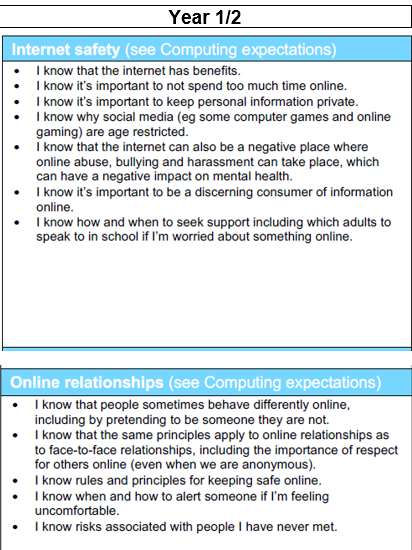
We have been using stories to help with this learning. Have a listen to these stories again at home.
Please discuss this important e-safety message with your child.
After-school club availability
Our after-school clubs return from next week and we still have some places available. It is not too late if you would like to book your child on. Clubs are mainly based on your child’s class bubble at the moment.
Monday
Year 6 dodgeball (starting 24 May)
Year 2 multi-skills
Tuesday
Year 2 Wake up Shake up
Year 3 football
Wednesday
Year 4 Wake up Shake up
Thursday
Year 1 multi-skills
Friday
Year 4/5 multi-games
Please check on School Gateway or contact the office for more details.
Science: Green Fingers
Year 1 scientists have been busy planting and observing bulbs and seeds. We began by investigating what a bulb needs to help it to grow into a mature healthy plant. The children set up a test and recorded their findings each week.
I don’t think the bulb with soil, water and light will grow very well.
I wonder if the bulb will survive with just water and light?
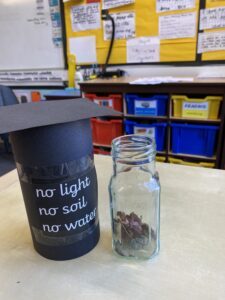
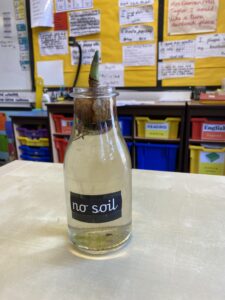
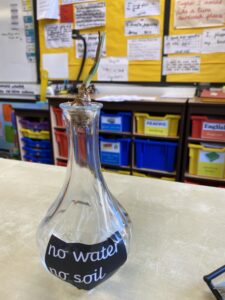
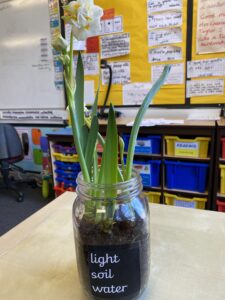
Part of being a scientist is being able to observe carefully record the findings.
I found out that a bulb needs soil, water and light to help it to grow into a healthy plant.
We also have another seed experiment on the go. For this one, we have placed a bean onto some wet paper towel and put it inside a plastic bag. Next, we put the bags onto the window and we will watch to see what happens. Ask your child about these pictures.

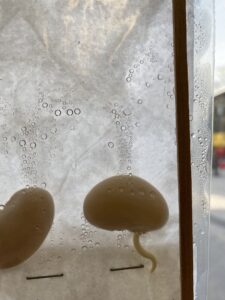
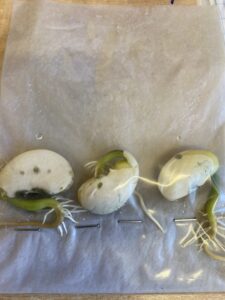
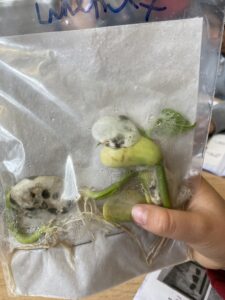
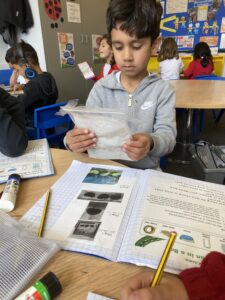
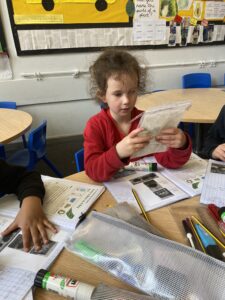
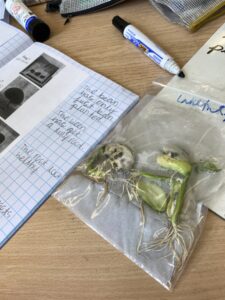
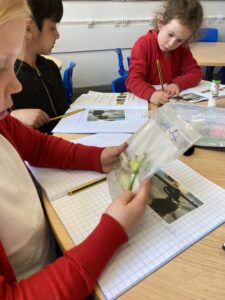
Finally, Year 1 are also growing their own potatoes. We have been measuring their growth using cubes.
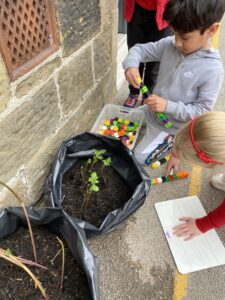
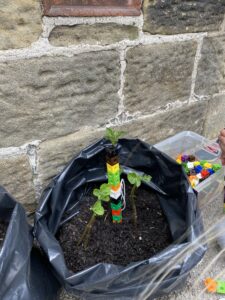

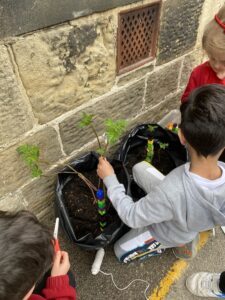
What great gardeners we have in Year 1!
Living and Learning: Sun Safety
Year 1 have been learning all about how to stay safe in the sun and a good place to start was by using our fluency text. Each week, the class start a new fluency text. This is read daily and helps to build up fluency. The children benefit from modelled expressive reading, echo reading, repeated re-reading, skilled questioning and modelled comprehension skills.
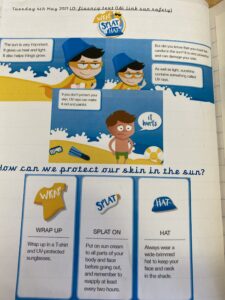
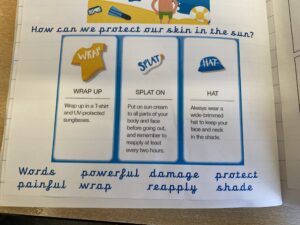
This afternoon, the children worked in teams to create a Sun Safety notice.
Stay in the shade when possible and try to avoid being in the sun between 11am and 3pm.
Use a good sun cream and don’t forget your ears, nose and the tops of your feet. Remember to keep topping up your sun cream.
Always wear a sunhat. It’s a good idea to wear a floppy sunhat that protects the face and neck.
Drink lots of water.
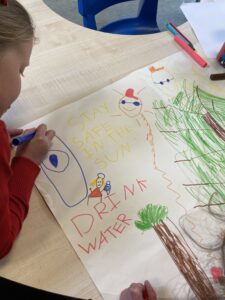
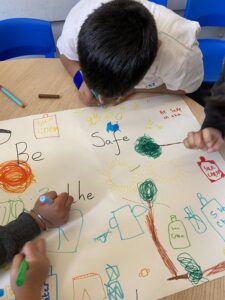
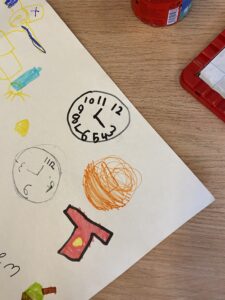
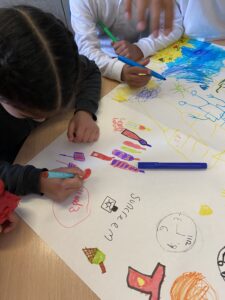
Here is a link to a sun safety story for you to enjoy with your child at home.
Living and Learning: health and prevention
Across school, our current Living and Learning topic is all about health and prevention which forms part of the new statutory Health Education. Here are the objectives for the children to learn by the end of Year 6.
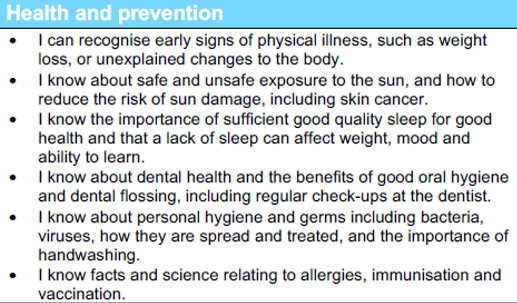
Year 1 and 2 will be focusing their learning on sun safety and sleep but as dental hygiene is also part of this learning, the children will soon be bringing home their own toothbrush and toothpaste.
Here is some information you might want to read with your child to talk about this at home.
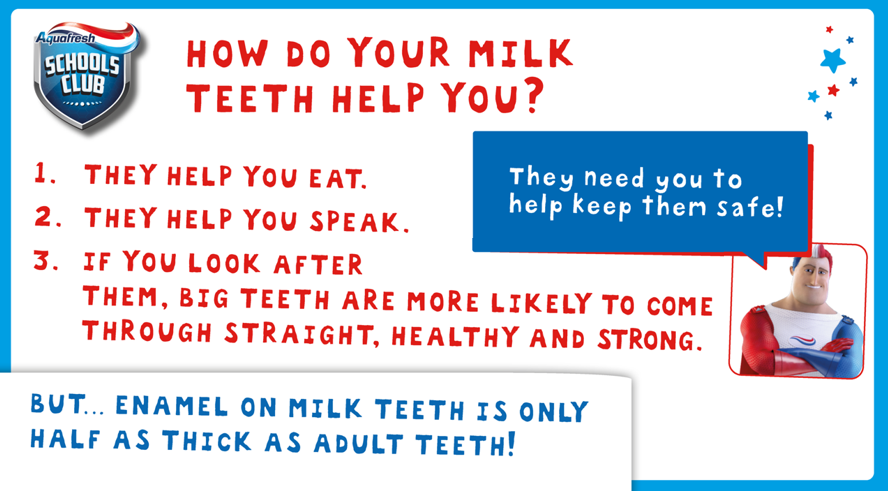
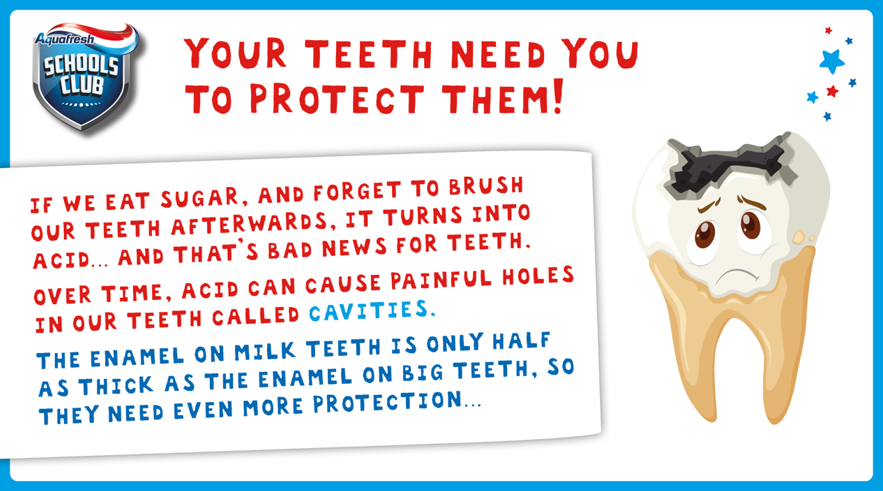
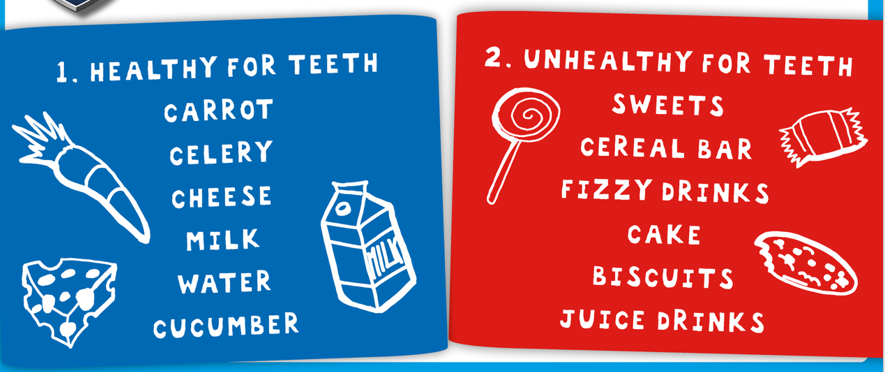
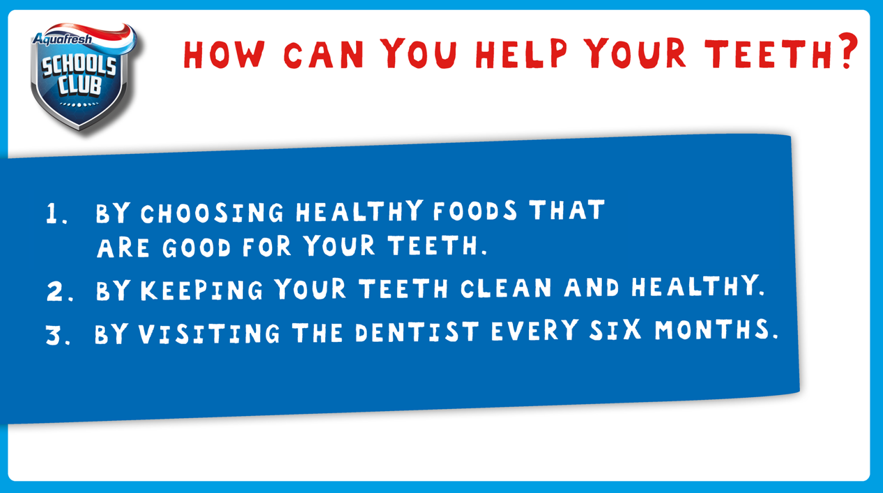
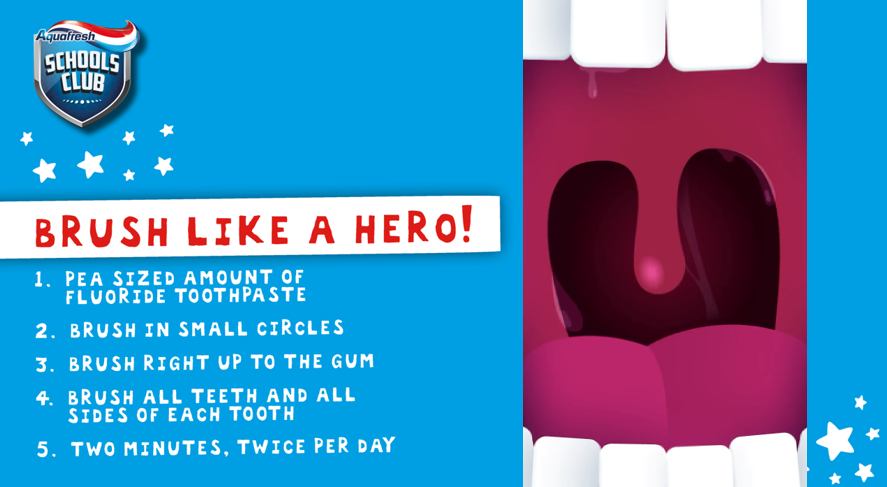
100 laps for charity

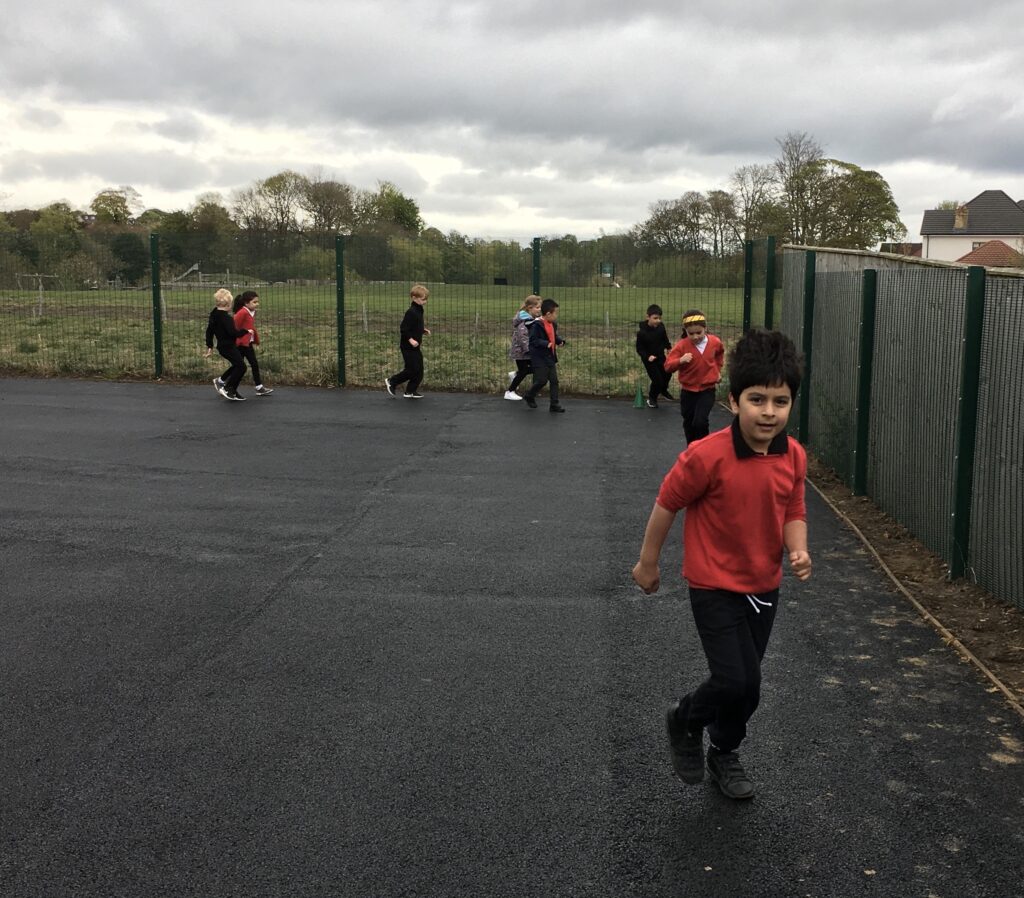
Skip into summer
This term, all classes will be taking part in the West Yorkshire Skip into Summer project with Skipping School. We are excited to be part of the 136 schools and almost 33,000 children taking part!

As part of this project, we have skipping ropes available to buy at a subsidised price of £3.
If your child would like to buy a rope, to keep learning their new skills at home, they will be on sale, outside the Year 1 classroom in the middle playground, 3:10-3:30pm on Thursdays and Fridays. Exact change would be helpful.
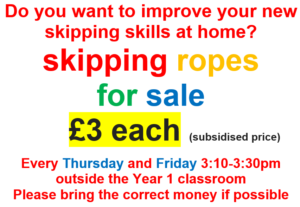
The Captain Tom 100 Challenge
Working scientifically
Today, Year 1 have been working scientifically. As part of their ‘Growing Plants’ topic, the children began by looking closely at a variety of seeds. The first stage, in the life cycle of most plants, is a seed and these come in all shapes and sizes.
The class discussed the appearance of different fruits and asked some very good scientific questions.
I wonder whereabouts the seeds are?
If we cut the lemon in half, will we see a seed?
Why are the seeds inside?
I wonder which fruit will have the most seeds?
I think all the seeds will look very different.
Next, we sliced the fruits open and examined the insides carefully.
Each fruit has a different seed.
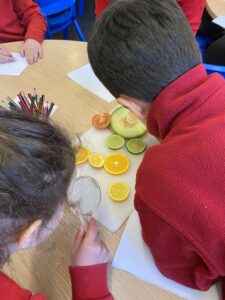
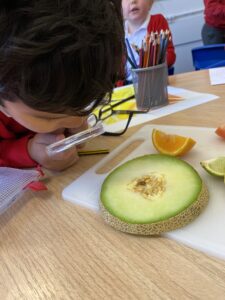
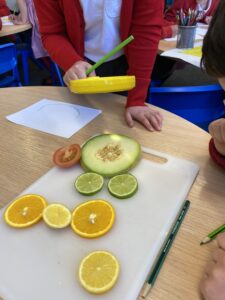
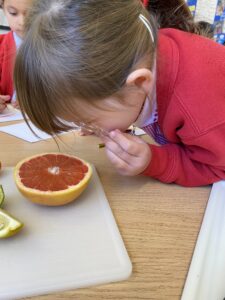
Next, the children examined the open pieces of fruit and sketched some close up drawings. These images concentrated on a small section or slice of the fruit and the class looked carefully at the colours and the structure.
Year 1 were very curious about this learning and they use appropriate scientific language to communicate their ideas.
